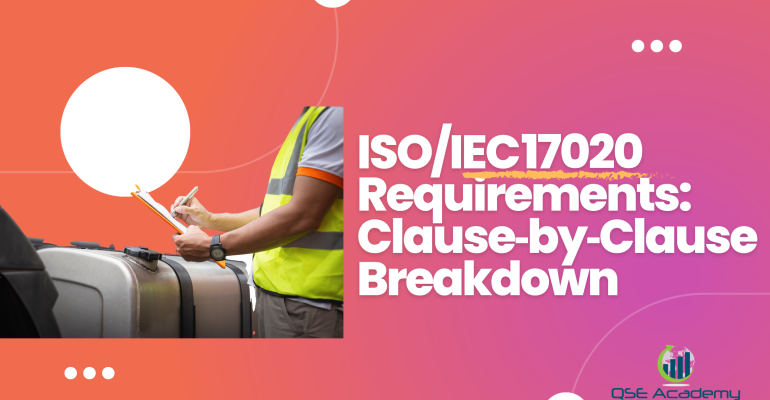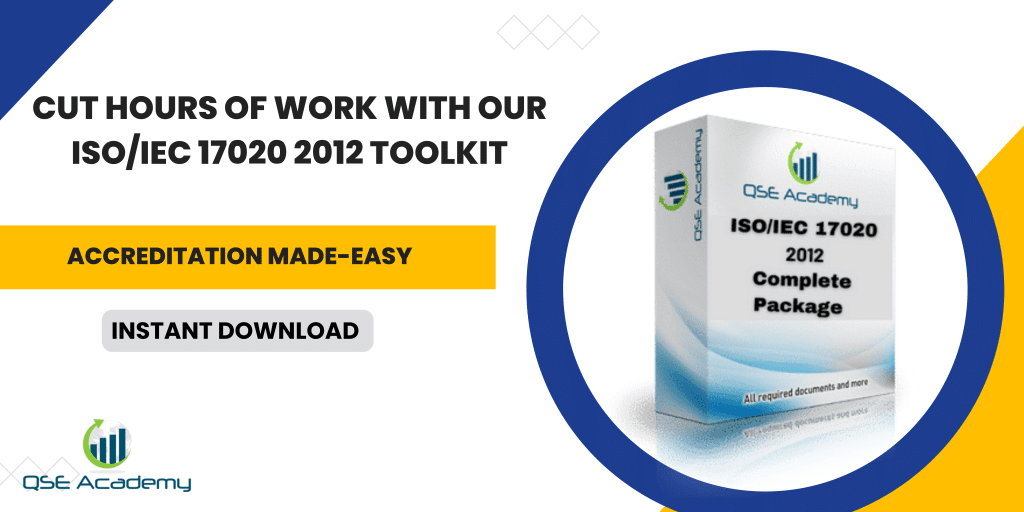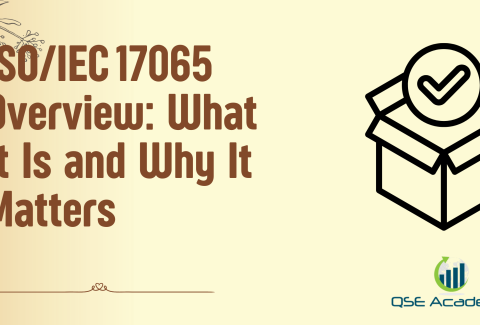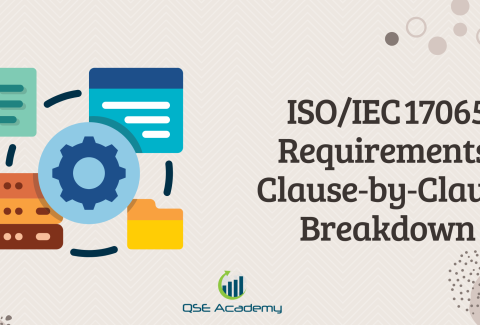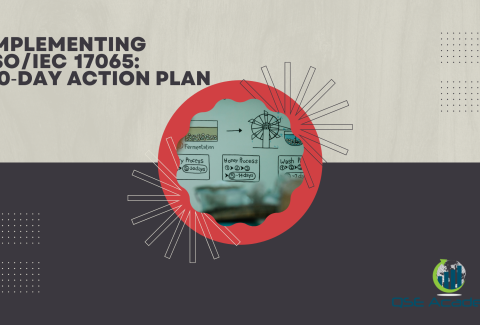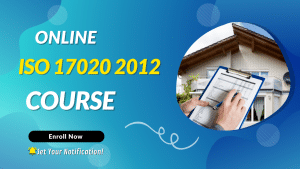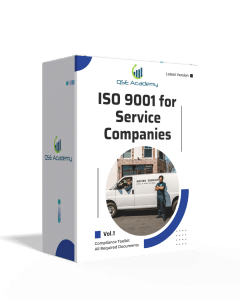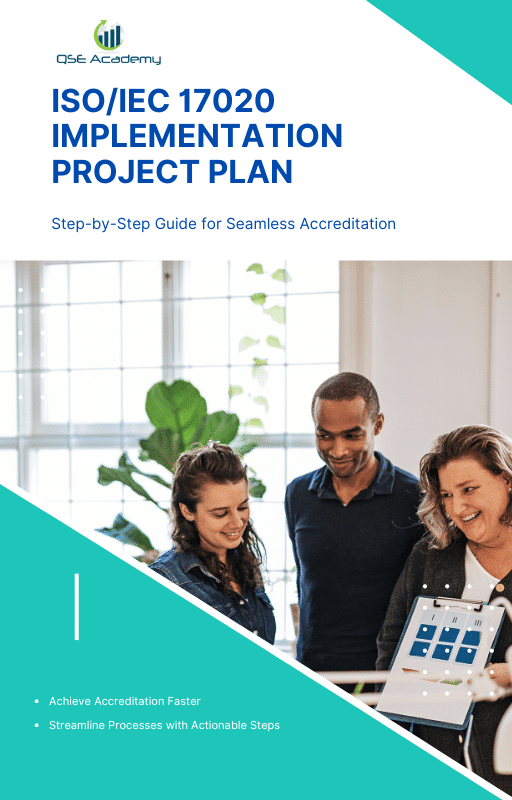ISO/IEC 17020 Requirements: Clause‑by‑Clause Breakdown
Last Updated on October 22, 2025 by Hafsa J.
Making Sense of ISO/IEC 17020 Requirements
ISO/IEC 17020 is the backbone for any organization performing inspections. It defines how inspection bodies should operate to ensure impartiality, competence, and consistency—three things that separate credible inspectors from the rest.
This pillar article breaks down every clause of ISO/IEC 17020 into plain language. You’ll see exactly what each requirement means, why it exists, and how to demonstrate compliance in a way that stands up to auditor scrutiny.
For inspection bodies, understanding these clauses isn’t optional—it’s essential. Whether you’re pursuing initial accreditation or maintaining it year after year, your success depends on mastering the framework built into Clauses 4 through 8.
In this guide, we’ll go step by step through each clause—impartiality, structure, resources, process, and management system—showing how they connect to form a single, controlled quality system.
By the end, you’ll know how to:
-
Interpret every clause with clarity and purpose.
-
Build processes that prove competence and independence.
-
Create documentation that satisfies accreditation assessors.
-
Turn compliance into efficiency, not paperwork.
This is your complete reference for ISO/IEC 17020—clear, practical, and written for inspection bodies that want more than just certification.
Overview of ISO/IEC 17020 – What the Standard Really Demands
ISO/IEC 17020 isn’t just another compliance checklist—it’s a framework that defines how an inspection body earns trust. It sets the foundation for how you manage impartiality, competence, consistency, and credibility in every inspection you perform.
The standard applies to all types of inspection bodies—Type A, B, and C—regardless of size or industry. Whether you inspect buildings, vehicles, food facilities, or equipment, the principles stay the same: your results must be objective, reliable, and backed by evidence.
The structure of ISO/IEC 17020 is simple but powerful. Clauses 4 through 8 are the core:
-
Clause 4 – Impartiality and Independence: defines how to stay objective and avoid conflicts of interest.
-
Clause 5 – Structural Requirements: outlines how authority, reporting lines, and responsibility should be defined.
-
Clause 6 – Resource Requirements: focuses on competent personnel, calibrated equipment, and suitable environments.
-
Clause 7 – Process Requirements: describes the full inspection workflow, from receiving requests to issuing reports.
-
Clause 8 – Management System Requirements: ensures everything is controlled, audited, and continuously improved.
Each clause builds on the last. Together, they form a management system that keeps your inspection body credible, consistent, and auditor-ready at all times.
Pro Tip: Read the standard as a connected system, not as isolated rules. Clause 4 sets your principles, Clause 5 gives you structure, and Clause 8 makes sure everything runs smoothly year after year.
Next, let’s break down the first major requirement—Clause 4: Impartiality and Independence—and see how it protects your credibility from day one.
Clause 4 – Impartiality and Independence Requirements
Clause 4 sits at the very core of ISO/IEC 17020—it protects the integrity of your inspection results. The entire clause revolves around one principle: your decisions must be free from bias, influence, or pressure, no matter where it comes from.
In practice, this means your inspection body must be structured and managed in a way that ensures independence and objectivity at all times. Inspectors can’t audit their own work, report to interested parties, or allow commercial relationships to influence outcomes.
To comply with Clause 4, you’ll need to:
-
Identify impartiality risks. Map where conflicts of interest might exist—ownership, financial links, or shared staff.
-
Evaluate and control those risks. Define safeguards such as role separation, declarations of interest, and restricted access.
-
Document everything. Auditors expect a clear record of how impartiality risks were assessed and how controls are maintained.
Pro Tip: An Impartiality Committee or internal review team adds extra assurance—especially for Type B or C bodies where internal relationships can blur independence.
Clause 4 is simple to understand but easy to overlook. Once impartiality is compromised, trust collapses—and rebuilding it takes far longer than preventing the problem in the first place.
Now that impartiality is established, the next question is: who runs the system? Let’s move into Clause 5 – Structural Requirements, where accountability and authority are defined.
Clause 5 – Structural Requirements
Clause 5 defines how your inspection body is built and who’s in charge of what. It’s about structure, accountability, and decision-making—ensuring everyone knows their role and how their responsibilities protect impartiality and consistency.
At its core, this clause requires you to create an organizational setup that supports independence. Every person, from management to inspectors, must operate within defined lines of authority. That means clear reporting relationships, proper supervision, and documented responsibilities that align with the type of inspection body you are (A, B, or C).
Here’s what auditors look for under Clause 5:
-
An up-to-date organizational chart showing reporting lines, authorities, and responsibilities.
-
Documented roles that specify who approves reports, who manages resources, and who ensures impartiality.
-
Defined oversight for subcontracted inspections or branch offices to maintain consistency across locations.
In my experience, small gaps in structure often lead to big audit findings. When job titles and responsibilities don’t match what’s written in your procedures, it signals a lack of control.
Pro Tip: Keep your structure simple but traceable. Every person involved in inspection work should be able to explain their role and who they report to—auditors often verify this directly during assessments.
Clause 5 ensures your inspection body isn’t just a collection of competent people—it’s a coordinated, accountable system. Once your structure is solid, the next step is making sure the people and tools behind it are just as reliable.
Let’s explore Clause 6 – Resource Requirements, where competence, calibration, and control take center stage.

